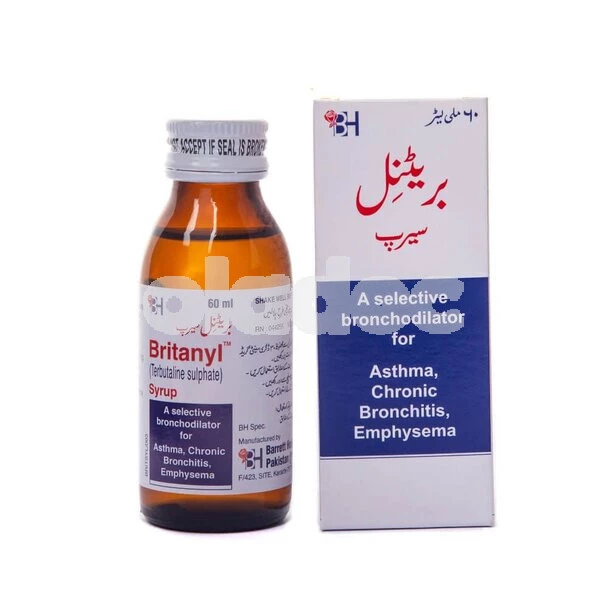Asthma attacks occur when the airways in our lungs constrict, reduce air flow, and cause moderate-to-severe breathing difficulty. These attacks are often so debilitating that most people with asthma avoid activities physical activities like sports and exercise, entirely. However, according to the top pulmonolgist in Lahore, the body-wide health benefits of exercise are widely-known, and respiratory health is no exception. With the proper precautions, exercise can actually help, rather than exacerbate asthma symptoms.
How Exercise Helps Reduce Symptoms:
- Improves lung function to increase stamina and reduce breathlessness following physical activity.
- Strengthens the immune system against common attack triggers like coughs, colds, and the flu.
- Reduces incidents of asthma attacks and symptoms by promoting weight loss.
- Keeps stress and depression (infamous attack triggers) at bay by releasing ‘happy’ hormones and chemical like endorphin.
Note: Adults require weekly 150 minutes of exercise while 1 hour a day of any form of physical activity is recommended for children.
Exercise-Induced Asthma (EIA):
Also known as Exercise-Induced Bronchoconstriction (EIB), some individuals only suffer an asthma attack during or after moderate-to-strenuous exercise. However, a large number of asthmatics also simultaneously suffer from the condition, i.e. in addition to common triggers like pollen, dust, and animal fur, exercising can also serve as a catalyst for an asthma attack. Although symptoms usually persist 30-60 minutes after stopping the activity without using an inhaler, unlike general triggers, an EIA episode resolves soon after inhaling a bronchodilator and does not cause any post-resolution after effects.
How It Happens:
Mouth breathing causes cold, dry air to enter into the lungs, while breathing through the nose allows it to get warmed, cleaned, and humidified. Since exercise and other strenuous activities induce mouth breathing to make up for the rapid loss of oxygen, this unfiltered air enters the lungs and causes the airways to swell and constrict, resulting in symptoms like fatigue, coughing, wheezing, chest tightness and/or pain, and eventually, an asthma attack.
Prevention and Treatment:
- Take your medication as prescribed
- Take your reliever at least 15 minutes before and exercise warm up, immediately in case of an attack during and after exercise If an attack recurs, take your reliever and discontinue exercising.
- Try steady nose-breathing during exercise.
- Perform 10-30-minute cool down routine post-exercise to allow the airways to gradually return to their normal state.
- Instead of discontinuation, exercise regularly and steadily to ward off asthma symptoms.
Safety Precautions for ALL Exercising Asthmatics:
- Develop and frequently update an emergency action plan with your physician.
- Exercise at your own pace.
- Inform your fitness instructor and exercise partners (if any) of your condition to help you in emergency situations.
- Previously sedentary individuals or those with EIA should gradually build up to longer, high-intensity workouts from shorter, low-intensity workouts.
- Always keep your blue reliever inhaler and spacer (devices that ease medication transfer into the lungs) with you.
- Warm up and cool down mid- and post-exercise to improve range of motion and joint flexibility.
- Stop exercising and rest, take slow breaths, and sit somewhere warm if you sense asthma symptoms mid-exercise.
- To differentiate between normal and asthmatic breathlessness during exercise, use a peak flow meter to determine and keep track of the point where your exhalation is highest. A reading of less than 2 during exercise requires emergency medication.
- Opt for indoor activities like treadmill running, strength training and Pilates during cold weather, high pollen, and high pollution days, especially if they are known triggers. If you must, go early in the morning, reduce exercise time, and avoid main roads.
- Loosely wrap a scarf over your nose and mouth on colder days to warm up incoming air.
- Avoid or minimize exercise during a viral infection or fever.
As long as you maintain good respiratory hygiene, like avoiding known triggers, taking your medication as prescribed, and following your action plan, you can take up almost any sport and exercise form. However, consult with your doctor before starting any exercise program for any action plan alterations and advice on the best activities for your current condition. You can also book an appointment with a top pulmonologist in Lahore, Karachi and Islamabad through oladoc or call our helpline at 042-3890-0939 for assistance to find the RIGHT Doctor for your asthmatic concerns.










